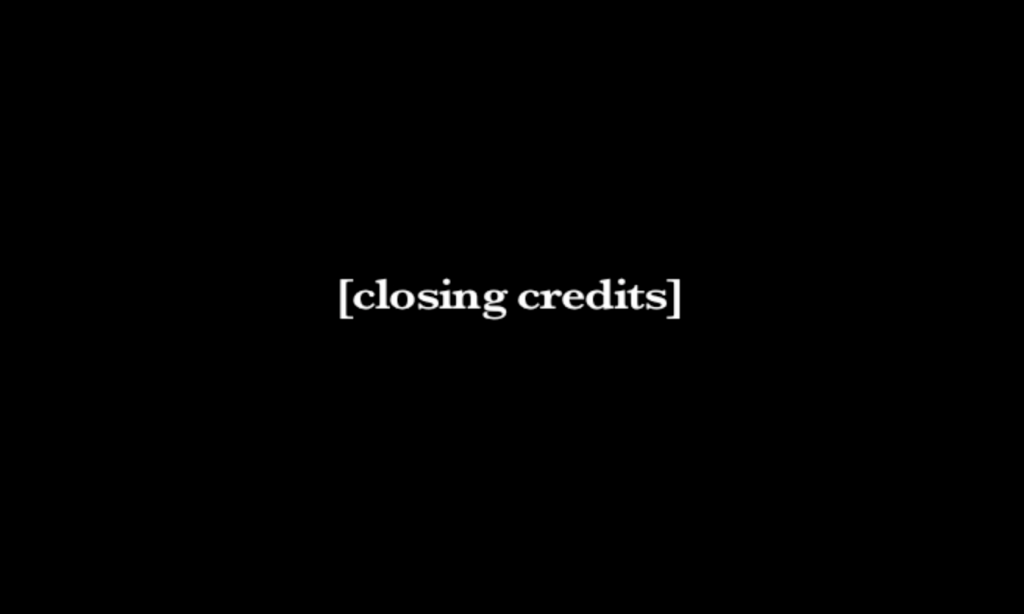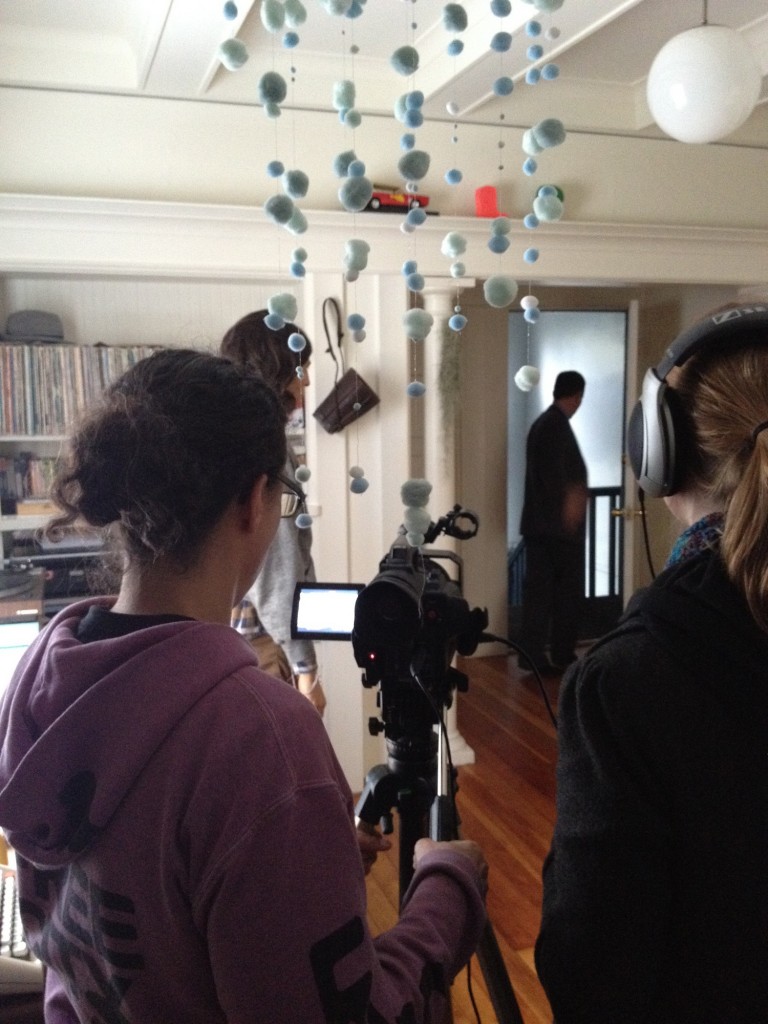And we’re back — with another movie! Okay, I really wanted this one to be done, as in fully edited with mixed sound, full-on color correction, and hell, can we get some closing credits?? It’s more than a couple years old, which in some spheres is excuse enough to lay it to rest (never mind Coffee and Cigarettes).
Still, I asked myself, “How do I get around the fact that…”
- I can no longer access the original footage since it’s on a dead hard drive?
- It would take me considerable time and resources to get this movie anywhere near where it should be?
- I have no desire to either retrieve the wayward footage, since I’ve moved on to other projects, or to pretend this isn’t a super-low-budget, mega-DIY film?
What to do? How about we call it a rough cut! Or, here are some other options.
Call It a Dogme95 Film
I could indeed say it’s “Dogme95 influenced.” This would actually be true, insofar as we set out to do a film with available lighting, no external soundtrack, no director credit, etc. We totally broke the Vow of Chastity, though. So, let’s try something else.
Call It a Director’s Cut
My work of genius! My darling! My progeny! Okay that won’t work. Plus we’re yelling.
Analyze It
This might work. Here’s what I would tell someone who just happens to be using a
DVX-100B (mind you, a camera that’s no longer manufactured), miniDV tapes, and one’s own resources to shoot a zero-dollar short, specifically this film.
- Find talented friends who love acting and are good improvisers. Empower them to come up with most of the story after you provide an outline and general direction.
- Make liberal use of craigslist when you can. In this case, we scored free firewood. Unfortunately, it wasn’t enough to create a huge, blazing source of light. We had to:
- Use another source, in this case, flashlights. This created a wonderfully odd mixture of a flickering, orange glow and a static blue light source that lit only half the actors’ faces. Flashlights worked pretty well for the “running on the beach” scenes, though.
- If you film on the beach, get a lot of wild ocean sound. When you’re prepping the final cut you’ll want to make use of this to avoid weird sound jumps.
- Back up your footage often — even if you’re just experimenting with a lo-fi film.
Here it is, then: a quirky little film that explores the genre “thriller” and answers the question: how well can you really know someone after four months?
Happy 4 Months – Rough Cut from Maria Breaux on Vimeo.



